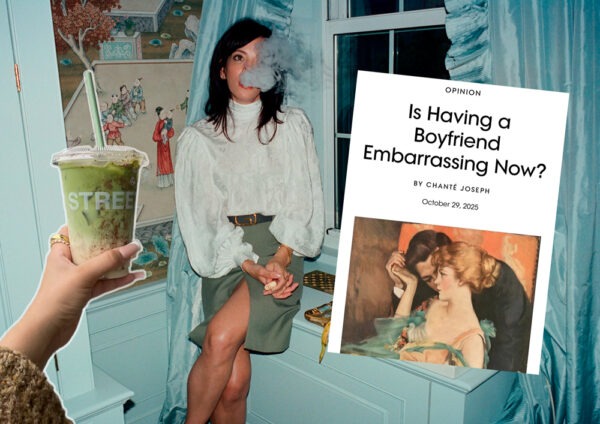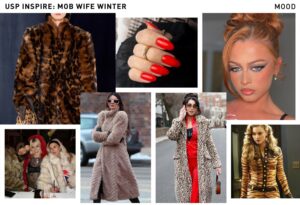
January 2024
For the majority of my career, one overriding question has featured in almost every design meeting: “What’s the right timing for a new look?”. This is closely followed by “What’s the colour of the season?”, “Give me your top five key shapes” and “Which hero prints should we put our money behind?”. I used to try and answer (guess/lie), as many senior executives view ‘not having an answer’ as a major weakness – but age has liberated me enough to cheerfully reply “I don’t have a crystal ball” (I actually do, but sadly it’s not magic). “So let’s discuss your customer profiles and if this look is right for them, and then look at how and when we should launch it.”
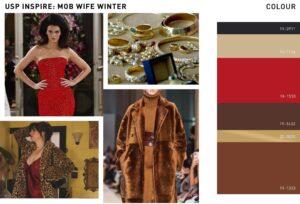
January 2023
Knowing what has sold in the past is important, and part of our job is to help our clients build on previous successes, but we also encourage businesses to evolve and inject newness where appropriate. That’s why we love working with our bespoke clients – we get to be part of the team and understand what the customer is responding to, whilst helping to drive things forward and inject excitement into new ranges.
Some trend companies (who shall remain nameless) place a lot of emphasis on confirming their past trends and highlighting what they got right. But forecasting isn’t an exact science – as much as many (financial) people would like it to be – so this is questionable. Trying to be all things to all people means that some trends will work for some businesses, and some won’t, therefore it’s hard to quantify successes when there are many other factors involved in the execution of a new trend.
Fashion is a team effort and by the time designers, buyers, merchandisers and Uncle Tom Cobbly have all got involved, a new idea can look very different from the initial mood boards. As much as we try to create the ultimate version of a trend, we have to trust our subscribers will interpret it in the most relevant way for their market. The final outcome may not always turn out how we initially envisioned it, but hopefully it’s right for the brand and ultimately the consumer. After all, we don’t want the entire world to look the same, do we?
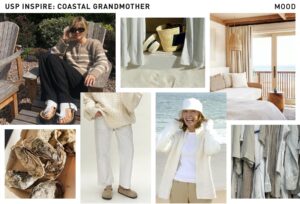
May 2022
We regularly give ourselves a pat on the back when something we have confidently forecast not only becomes a huge trend, but it continues to evolve and grow. We are acutely aware of how trends without longevity play a part in fashion’s contribution to climate change, and while we do report what we see on TikTok and the likes, we try to ensure, if at all possible, that we promote sustainable ways to interpret them.
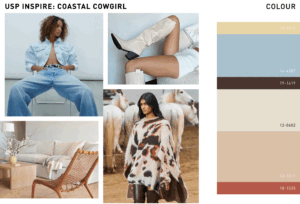
May 2023
BSM (before social media) the trend cycle was slower, and it was much easier to distinguish between a trend with legs and a fast fashion fad. Nowadays there are ideas that start on social media as a #core and die within a few weeks/months, contrasted with trends with longevity that evolve into commercial looks that last for several seasons. Take Coastal Grandma for example – we talked about this back in May 2022, a full two years ago, and are still seeing this look at retail, on social media and on the streets – and will do for some time.
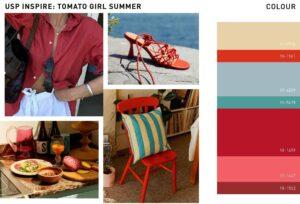
August 2023
I still have PTSD from constantly being told in past design jobs “That didn’t sell last season” or “The customer hates brown” etc. etc. My retort to this was often a quote from the late great Diana Vreeland:
“You’re not supposed to give people what they want, you’re supposed to give them what they don’t know they want yet.”
That’s where we come in, understanding what’s new and reporting on it as soon as it happens.
Colour and fabric are great ways to test out something new. Taking a best-selling key shape and trialling it in an exciting new colour or innovative fabric base can gauge customers’ reactions and generate confidence to buy more. Creating tight capsule ranges can also give brands a read on how something might grow into a bigger buy. But as we all know getting the timing right is everything – too early and the customer might not be ready for it, and too late and the market is saturated.
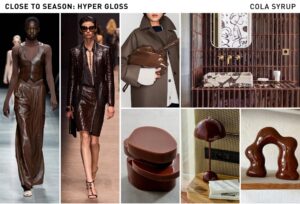
October 2023
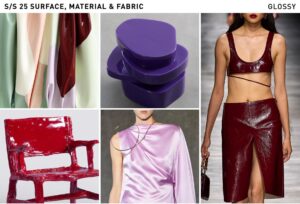
November 2023
The same applies to homeware and lifestyle trends which are increasingly linked to fashion trends. Illustrating the links between the two are all-important as social media exposes consumers to overarching lifestyle trends like never before, and we pride ourselves in being able join the dots.

April 2023
I could create an endless list of trends we have forecast in the past, but IYKYK and if you are reading this you clearly do. Now it’s over to you to get the timing right.
Just remember…
“There’s only one thing in life, and that’s the continual renewal of inspiration.”
Diana Vreeland


